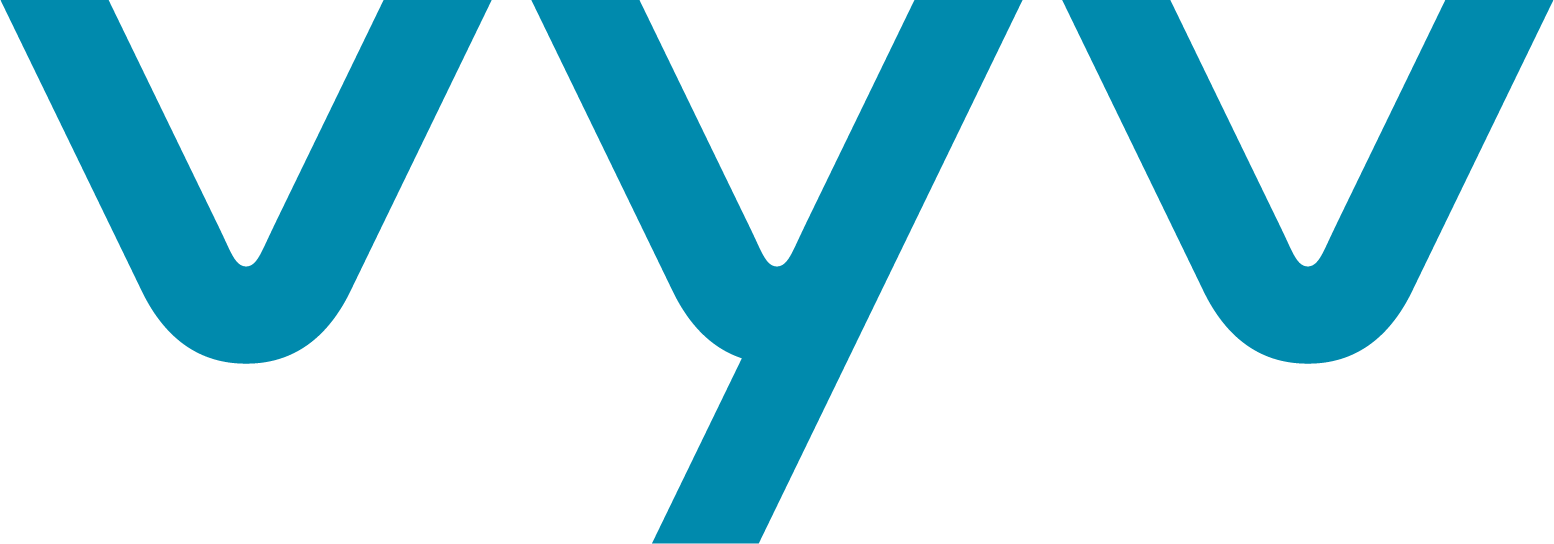Both ultraviolet light and antimicrobial LED can be powerful tools when it comes to killing microorganisms on surfaces. Both have antimicrobial action but that’s about the only thing they have in common. UV lights and antimicrobial LEDs are created using different technologies, they’re active against different microorganisms, the way they kill microbes is different, and they have different uses and applications.
UV or ultraviolet light is invisible electromagnetic radiation. Ultraviolet means ‘beyond violet’, violet being the highest frequency of visible light. UV light can come from natural sources like the sun or from technologies or devices like lasers, tanning beds and disinfecting machines.
UV light is measured by its wavelength on a spectrum from 10-400 nm. The main categories are UVA, UVB and UVC. UVC has a subcategory called ‘Far-UVC’.
- UVA is long-wave UV, measured at 315-400nm. Naturally occurring UVA from the sun is not absorbed by the ozone layer so it makes up about 95% of the UV that reaches the earth. Examples of the most common applications of UVA technology include tanning beds or black light lamps.
- UVB is medium-wave UV, measurable at 280-315nm. This is mostly absorbed by the ozone layer, though some is not. This spectrum is referred to as the biological spectrum because the human body is sensitive to it. A common example of how this is used is in phototherapy for skin conditions like psoriasis or atopic dermatitis, generally in very short duration as it’s stronger than UVA.
- UVC is short-wave UV, measured at 100-280nm. The UVC produced by the sun is completely absorbed by the ozone layer and atmosphere. This UV light is the strongest. This type of UV light has germicidal properties making it useful in antimicrobial light technologies.
- Far-UVC is a subcategory of UVC measurable at wavelengths between 200-225nm. The most common application of Far-UVC is its use as a disinfecting light. This subcategory of light is a more recent technology that has promise of being safer than UVC and has been frequently discussed relative to its potential use against coronaviruses. It’s a technology that is still being studied.
Antimicrobial LED technology is a newer class of clean light technology that harnesses its microbial killing power from the visible light spectrum. Antimicrobial LED is measured at wavelengths of 380-750 nm, which is outside the UV light spectrum. Vyv’s LED technology is specifically engineered to produce an abundance of light in the 400-420 nm range. This light range has been shown to both kill and prevent the growth of bacteria, fungi, yeast, mold, and mildew.
Antimicrobial LED technology is used in lighting fixtures to kill* certain microbes in a broad array of settings from surgical suites and subways to food processing plants and fitness centers. Because it’s delivered in a small LED diode – it’s a very agile technology that can be embedded in smaller places or inside other devices — such as humidifiers, exhaust fans and elevator buttons.
Antimicrobial LEDs do their work by killing microbial cells through photoactivating particular types of porphyrin molecules that are present exclusively in these microbial cells, which are found deep within the gut of humans where light cannot penetrate. When activated, these porphyrins produce excessive Reactive Oxygen Species (ROS). Once an excess of ROS builds up inside the cells, they become toxic, causing the destruction of cellular structures and ultimately lead to cell death.
This action of killing microorganisms is completely different than that of UV light. UV penetrates and damages DNA leaving cells unable to perform vital functions, leading to cell death. UV light affects DNA in humans, adversely impacting our skin and eyes. Antimicrobial LED does not have any impact on DNA and this light frequency meets the international standard (set by the International Electrotechnical Commission or IEC) for continuous and unrestricted use around people, animals and plants.
UV light is generally not safe for humans, though in certain applications can be used safely if following strict protocols.
According to Marie George, MD in a UV light paper published on the International Ultraviolet Light Association’s website, “there are safety concerns with ultraviolet light. UV light, including UVA and UVB rays, which causes sun burns and aging, is considered a carcinogen. UV light can also be harmful to the cornea. The damage could cloud the lens or cause tissue to grow on the eye surface, which can limit vision. That’s why it can’t be used continually in most cases.”
In the same paper, Dr. George goes on to describe the state of research on Far UVC. She states the technology has exciting applications, though notes that important research is still underway to determine safety and specific use around humans. The paper states: “A recent study has shown UVC light at 222nm both inactivates airborne viruses (including SARS-CoV-2) and may be safe to use in occupied spaces. It has been shown to be safe for both skin and eyes in animal test subjects only. However, more research is still needed to verify that people can be exposed to this wavelength over periods of time without harmful side effects.” She also cautions patience in applying that research when a new microbial threat emerges like SARS COV-2, stating “UV light research being done now will not likely be ready until our next pandemic.”
Importantly, she also cautions against the many at-home UV disinfection products that are being marketed to consumers. The paper warns “…beware the fakes. Lots of companies are rushing to provide UV lights to consumers for home use. Some are dangerous. Many others are simply useless. Some claim approval from the FDA or the EPA, but no such certification actually exists.” The IUVA has a UV device fact sheet on its website about UV devices that states: “The IUVA urges consumers to exercise caution when selecting equipment and look for evidence of third party testing as well as certification of device materials and electrical components by well-known organizations such as NSF, UL, CSA, DVGW-OVGW or other international requirements as applicable.”
UV Light and Antimicrobial LED: Pros, Cons and Best Use Cases
The benefit of UV light, particularly at high doses, is that it can kill any microorganism and can kill it fast. The best uses of UV light in disinfection are in cases where UV can be used in unoccupied areas or within spaces with no risk of human exposure since it can have a detrimental impact on humans and materials. It can lead to degradation of chemical bonds in materials like plastics, rubbers, and insulation. For this reason, using UV light in disinfection needs to be fully informed by any established guidance and expert knowledge of how it may impact the environment where it’s used. UVC is the UV source commonly used to disinfect air, water, and nonporous surfaces. UVC radiation has been shown effective against both bacteria and viruses and in studies can show a significant reduction in germ count.
Because of the safety issues, the best applications of UVC are in places like air ducts or in water purification systems where UV light can be enclosed to avoid exposure to people. Another excellent use of UV is in hospitals where its critically important that germs be reduced as much as possible. Some germs will live on surfaces after a patient has left a room even after it has been cleaned, presenting a danger for the next person who occupies the room. In cases like this, hospitals will put a UV-emitting machine in the room, without any personnel present, in between patients that will reduce the germ count significantly after a short time period.
UV’s big challenge or downside is its safety issue. Because of that, it presents a corresponding issue which is the intermittent nature of its protection. In the IUVA paper mentioned earlier, it noted that “… if using UV to clean surfaces, the area is only clean until a new person or object is introduced therefore introducing germs back into the environment.” Because of this, UVC disinfection is often used with other technologies in a multi-layered approach to ensure that whatever microorganisms are not killed by one method might be killed by another.
Antimicrobial LED’s key benefit is that it can be used continuously around people and on any surface to kill* bacteria, mold, mildew, fungi and yeast. There is no limit on the amount of exposure. This means the technology can be used around the clock for constant and continuous protection. Its antimicrobial action not only kills these microorganisms over time, but it prevents their growth and regrowth.
Because antimicrobial LED can be used continuously, it can be used as part of a multi-layered approach to protecting surfaces. The nature of most cleaning strategies is intermittent, so if a space is cleaned periodically via UV machine or with the use of bleach or cleaning agents, the space is only clean until new pathogens are reintroduced. Using round the clock antimicrobial cleaning technology continuously reduces the bioburden and increases protection.
Another benefit of this antimicrobial technology is that it also produces visible wavelengths of light that can act as a high-quality white light source. This provides the dual benefit of microbial protection and lighting. This dual action makes the technology ideal for use in traditional overhead lighting to illuminate large places as well as in very small spaces, such as inside an elevator button, while delivering constant and continual antimicrobial action in our homes, our workplaces and in virtually every industry.
A limitation of antimicrobial LED is that it takes longer to kill microbes than UVC or Far-UVC. But its continuous nature allows for the decline of microbial counts over time, halting of further replication, and ultimately kills bacteria, fungi, yeast, mold and mildew. This type of technology does not eradicate viruses.
| Comparison Category | Vyv
Visible/Non-UV Light |
UVC
Ultraviolet Light |
UVA
Ultraviolet Light |
Far-UVC
Ultraviolet Light |
| Wavelength | 400-420 nm
(peak at 405 nm) |
200-280 nm
(peak at 254 nm) |
315-400 nm
(peak at 365 nm) |
207 nm and 222 nm
(207 or 222 nm) |
| Mechanism of Antimicrobial Action | Porphyrin activation | DNA/RNA damage, thymine dimers, mutations, penetrates into cell nucleus | DNA damage through oxidative stress | DNA/RNA damage |
| Effects on Materials | No effect | Degradative | Degradative | |
| How Often to Use | Continuously 24/7 | Intermittently with no humans present | Continuously for a maximum of 8 hours
(exposure limits) |
Continuously with limitations
(3 mJ/cm2/hour exposure limits) |
| Cleaning Type | Sanitation, Prevention | Disinfection/
Sterilization |
Sanitation, Prevention | Disinfection/
Sterilization |
*MRSA and E. coli showed 90%+ reduction in controlled laboratory testing in 24 hours.

